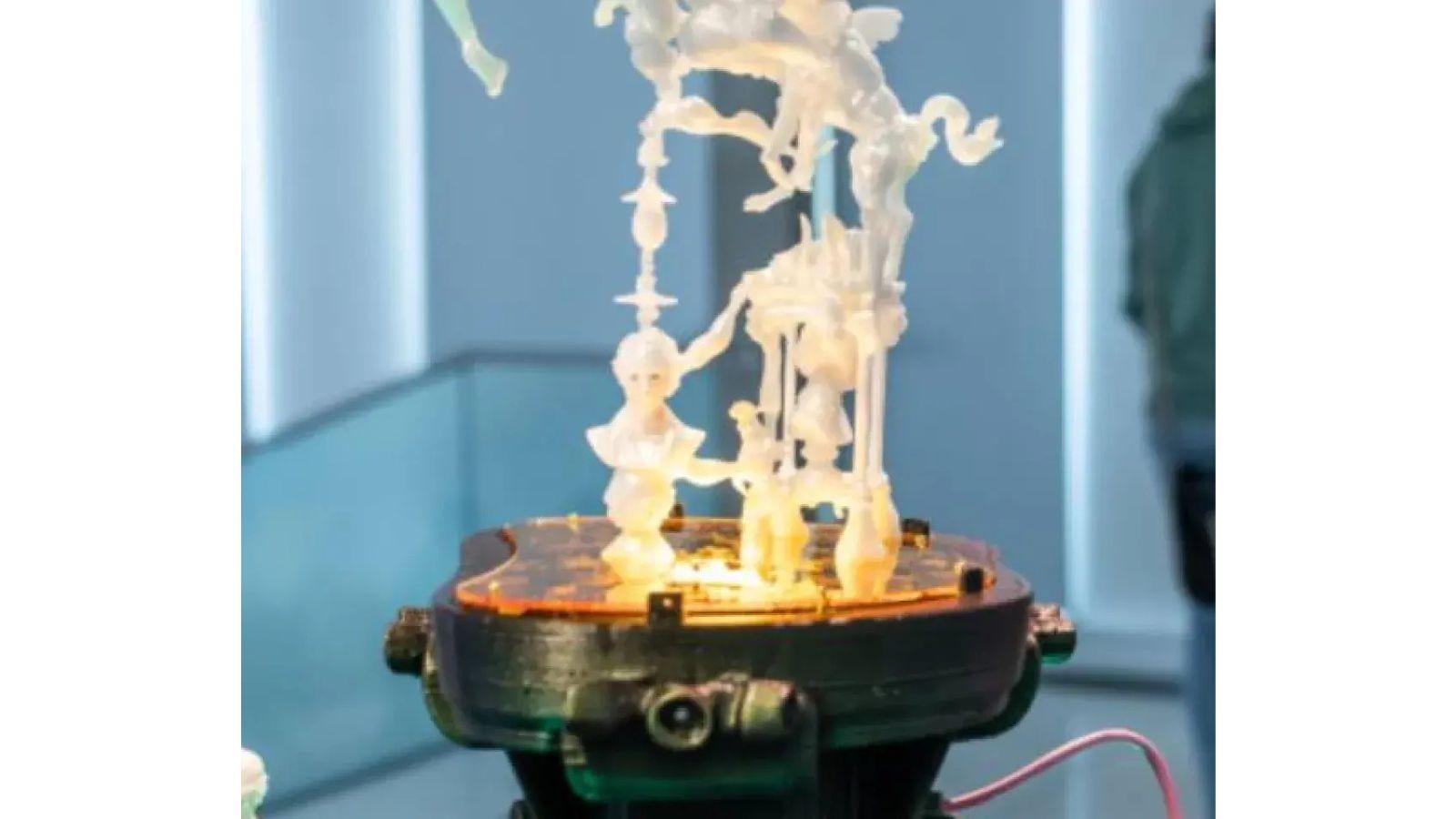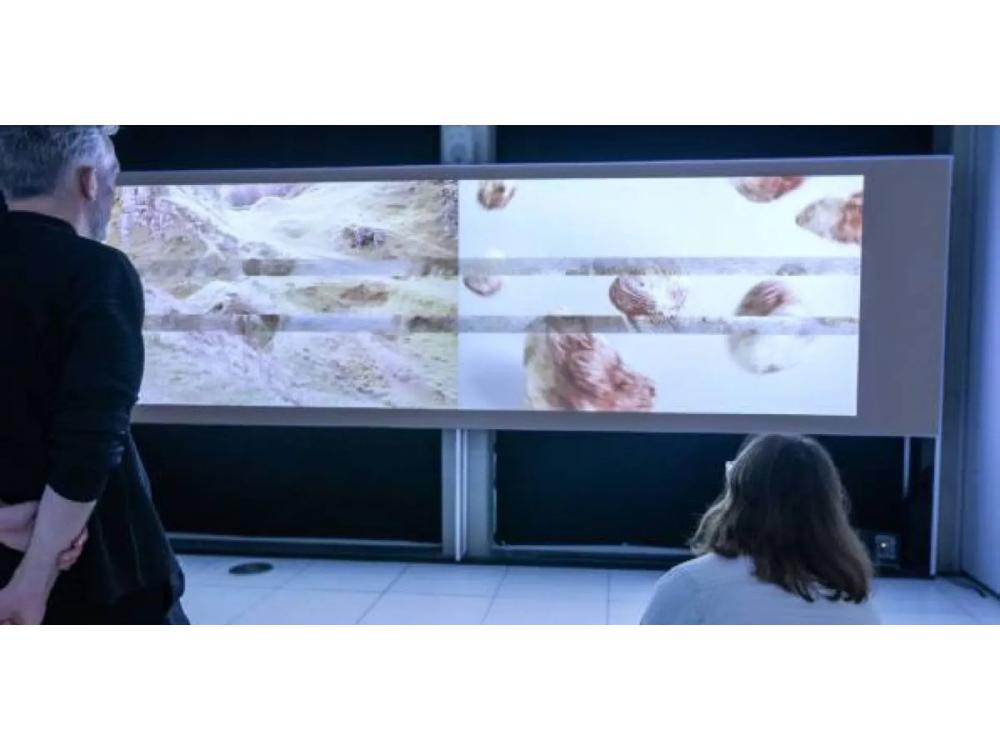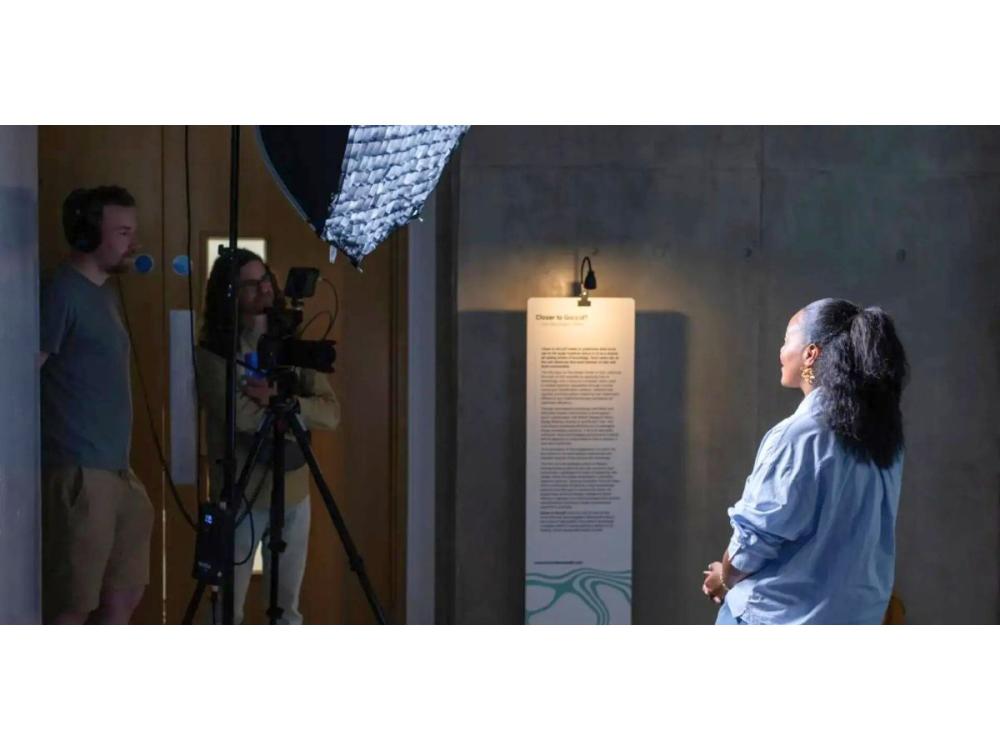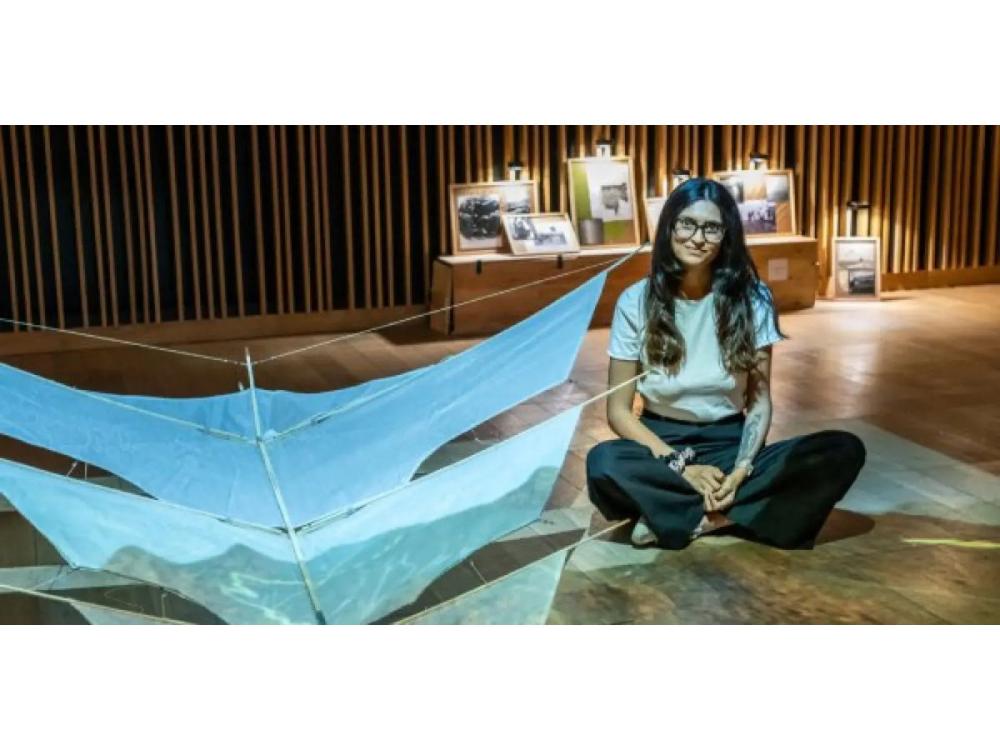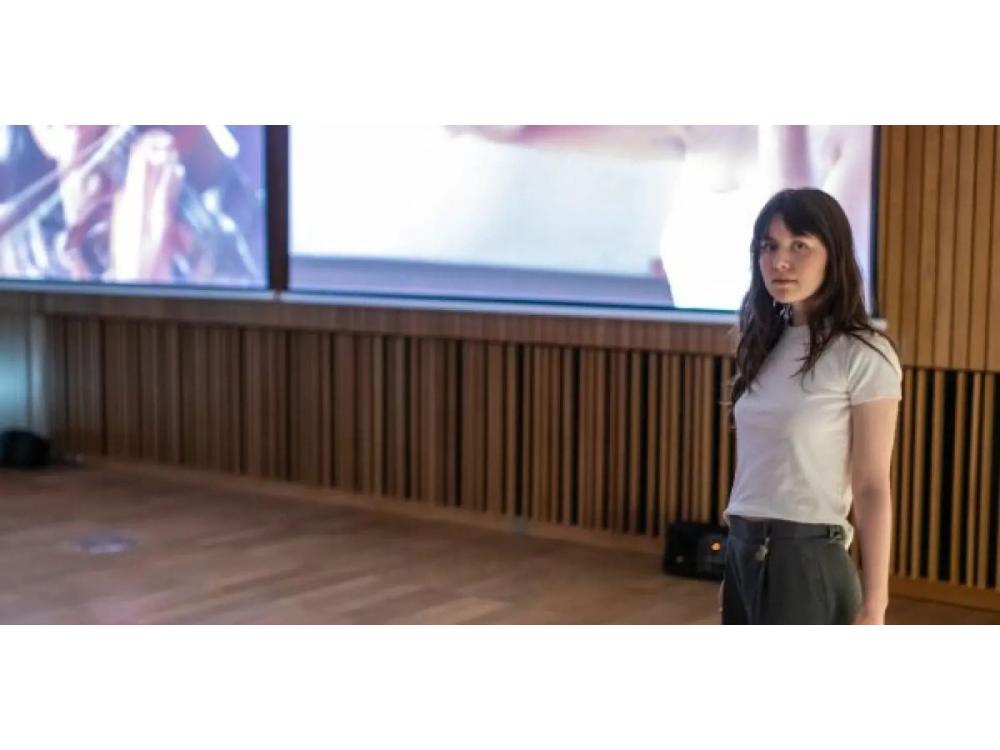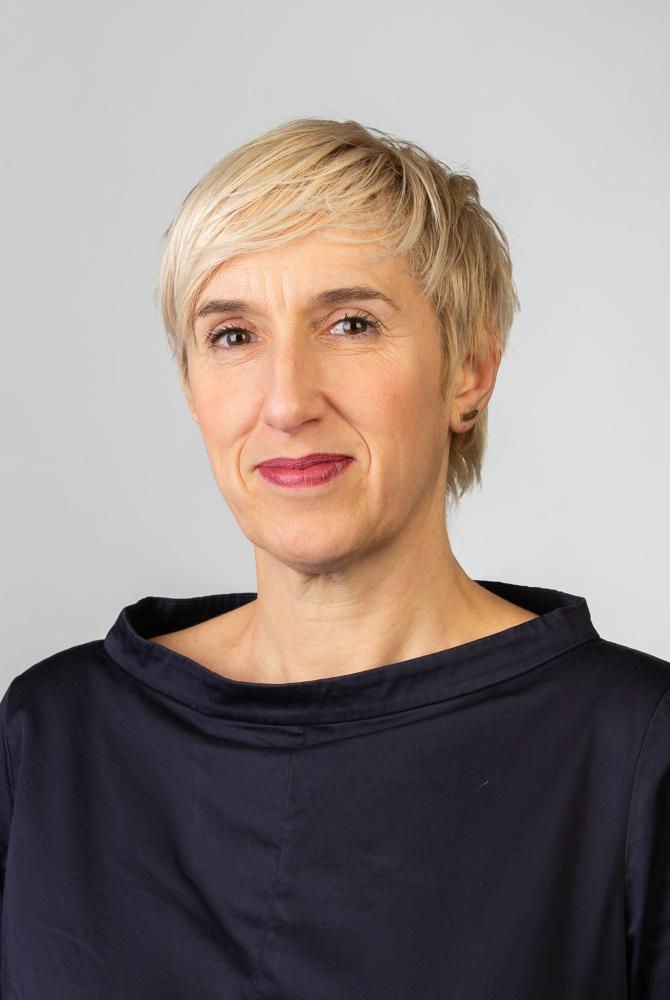Lively artworks offering perspectives on the current use and future possibilities of artificial intelligence are on display in two new Edinburgh exhibitions - with significant contributions from alumni and staff of Edinburgh College of Art (ECA).
Mesmerising sculptures inspired by Arctic landscapes, spellbinding sculpture and video by acclaimed artist - and ECA alumna - Rachel Maclean, and a satirical take on wearable AI devices, are some of the insightful artworks responding to and offering solutions for pressing questions around the responsible use of AI.
In the first of the two exhibitions, mind-bending works from seven outstanding artists are displayed at Tipping Point: Artist Responses to AI, an exhibition at the University of Edinburgh’s Inspace Gallery from 7 to 31 August as part of the Edinburgh Art Festival and Edinburgh Festival Fringe.
The second show, Authenticity Unmasked: Unveiling AI-Driven Realities Through Art, showcases the work of three artists tackling how AI is reshaping perceptions of truth. A riff on classical musical performances, an insight into data and our skies, and storytelling by AI are some of the themes of the eclectic exhibition at the University of Edinburgh Informatics Forum from 7 August – 17 August.
Entry to both exhibitions is free.
Tipping Point
Seven exceptional UK-based artists were selected for Tipping Point after being awarded commissions through Bridging Responsible AI Divides (BRAID), a national research programme led by the University of Edinburgh in partnership with the Ada Lovelace Institute and the BBC.
Interdisciplinary artist Louise Ashcroft joined forces with comedians Ella Golt, John Luke Roberts, Frankie Thompson and Ben Target, AI researcher and curator Rebecca Edwards, and film maker Hannah Taylor for a series of comedic video adverts presenting spoof wearable AI devices – including a watch that redefines the concept of time.
Acclaimed artist Julie Freeman’s sculptures are inspired by the glacial topography of Svalbard, a group of islands in the Arctic Ocean. The work responds to the environmental impact of generative AI usage. The wooden sculptures, which release composed sonic soundscapes, create a tactile space for audiences to sit within.
Three voice-enabled AI devices showcase Wesley Goatley’s commission. The critical artist and researcher invites audiences to explore three possible AI futures in the context of technology in health care, supply and demand of AI, and privacy.
Creative studio Identity 2.0, co-founded by Savena Surana and Arda Awais, reveal how zine-making creates a forum for developing ideas about the role of AI in daily lives and for recording collective memories. The artists will host a workshop and produce zines to be shared with local libraries.
Acclaimed artist Rachel Maclean graduated from ECA with a BA (Hons) Drawing and Painting in 2009, and represented Scotland at the Venice Biennale in 2017. She presents the first work from a new body of AI-generated work spanning film, sculpture and digital paintings. Rachel trained AI models on her back catalogue, creating a range of colourful characters to explore the tension between what AI is and what it feels like to interact with.
Visual artist and multimedia storyteller Kiki Shervington-White’s film exposes how AI technology can embed inequalities. Led by participatory workshops with working-class Black and ethnically diverse communities in Birmingham, the commission uses archival footage to reimagine image generation practices.
Studio Above & Below, an award-winning art and technology practice founded by Daria Jelonek and Perry-James Sugden, blends AI with the natural world. The eye-catching installation of four decorative stones sourced from the Scottish landscape addresses how we build systems that honour the past, serve the present, and safeguard the future.


